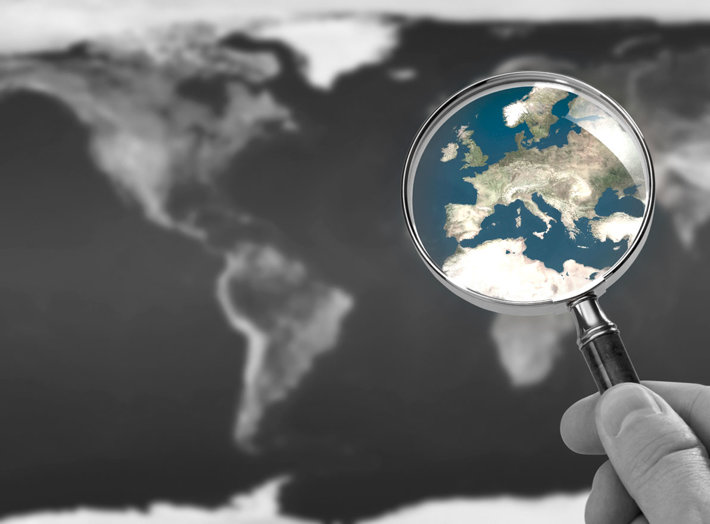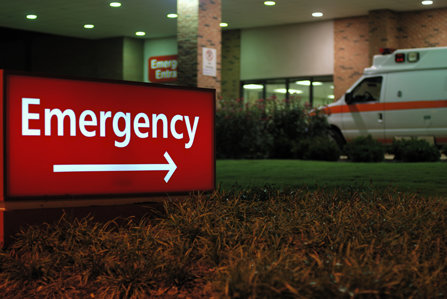The Scope of Addiction in Europe

Many areas across the planet are experiencing an escalating opiate addiction crisis, and Europe is no exception. Though not reflected in routine reporting lines, officially recorded data indicates opioid abuse is on the rise in Europe.
What is the scope of addiction in Europe? What is being done now to address the situation? And what will it take in the future to rid European countries of drug addiction?
Drug Abuse in Europe—Facts and Statistics
Though the cultures and customs of Europe’s population are diverse, they share certain trends in public health issues. An illustrating example is a fact that European countries often manifest the same types of drug use patterns.
Opiates are a primary cause of drug-related deaths in Europe. According to the European Monitoring Centre for Drugs and Drug Addiction, of the 23 countries reporting data in 2009 and 2010, all 23 countries reported that the majority of drug-induced deaths were caused by opioids. 15 of those countries reported more than 80% of their drug-induced deaths were caused by opioids, and six counties reported opioids were present in 90% of drug deaths.
Additionally, there are reported fatalities of individuals who had used opioids along with other drugs such as cocaine, alcohol, and benzodiazepines, suggesting that many of Europe’s drug-related deaths are exacerbated by polydrug use.
Between 6,300 and 8,400 Europeans from EU member states die each year from drug overdoses, according to recorded data. Reporting experts insist that this is likely a very conservative number due to under-reporting and under-diagnosing of drug-related deaths.
The same report indicates that about 10,000 to 20,000 European drug users die each year, evidence that drug overdoses are only one cause of death that drug addicts in Europe are at risk for. The report lists disease, suicide, and trauma as other significant causes of death among drug users.

Men die from drug overdoses at much higher rates than women; 80% of European drug overdose deaths are among men.
Younger people are at greater risk of dying from drug overdoses than older adults. Most overdose fatalities in Europe occur among Europeans in their 30s, with 11 percent of overdose deaths occurring among people younger than 25.
Though most drug trends are similar across EU countries, some countries have higher death rates than others. For example, some European Union countries report about 20 deaths for every one million population, while others report death rates near 40 fatalities for every one million population.
There are drug hotspots in Europe that break from general patterns, where certain urban regions struggle with a specific drug problem. For example, both Prague, in the Czech Republic, and Oslo, in Norway, have severe amphetamine use problems.
“Between 2008 and 2017, the overall number of prescription opioid users nearly doubled...”
A zoomed-in focus on specific geographic regions reveals drug problems in some metropolitan areas and inner cities approaching micro-epidemic proportions. Quoting researchers Kalkman and colleagues in their Lancet paper on the growing opioid crisis in the Netherlands, “Between 2008 and 2017, the overall number of prescription opioid users nearly doubled from 4,109 per 100,000 inhabitants to 7,489 per 100,000 inhabitants, mainly because the number of oxycodone users quadrupled from 574 to 2,568 per 100,000 inhabitants. Opioid-related mortality was stable between 2008 and 2014 with 0.21 deaths per 100,000 inhabitants, but from 2014 it increased to 0.65 per 100,000 inhabitants in 2017.”
Another report examines statistics of drug use in Europe, in addition to drug deaths. According to this report, about 15.5 million Europeans have used cocaine at least once in their lives, approximately 80.5 million Europeans have used cannabis at least once, and about 13 million Europeans have used amphetamines at least once. At least 3 percent of Europe’s population have taken ecstasy at least once.
Addiction numbers continue to increase almost universally across all countries of Europe. The situation is too big to be swept under the rug, even if established reporting lines don’t say much about it. The addiction crisis in Europe is no secret, and many countries have started to act. The question remains, what will it really take to get a grip on the addiction problem in Europe?
Solutions for Europe Include Addiction Rehabilitation
European countries are implementing various programs to address their respective drug problems. Some countries have moved towards decriminalization of drugs, as in Portugal, while others have implemented harm reduction campaigns.
Some countries have attempted to tackle the drug problem through interdiction - cracking down more intensively on drug trafficking, as in the case of Norway’s drug policy measures.
The challenge in the future for the EU will be dealing with current drug use patterns while responding to new and growing drug use trends. This includes patterns of demand and supply increases, some of which are fueled by the rise of illicit trafficking networks from Latin America into Europe.
Despite the diversities among EU countries, ideally, a shared commitment to a resolution of the addiction crisis will emerge. Europe needs realistic solutions for the under-reported but ever-growing problem of addiction. But where should they start?
What does seem to be universally true across all European countries is that when a country increases access to treatment and encourages the addicted populace to seek help at such treatment centers, drug overdoses, and drug-related issues recede.

Drug and alcohol rehab centers offer struggling addicts a path that leads them away from destructive actions towards a drug-free life. Comprehensive programs can help addicts choose a clear course of action towards creating a safer and more rewarding life. Through Drug rehabs recovering addicts learn to address the core underlying issues that caused them to turn to drugs in the first place.
If you know someone who is addicted, please do your best to help them into treatment.
Sources:
- https://www.emcdda.europa.eu/attachements.cfm/att_190854_EN_TDAC12001ENC_.pdf
- https://www.thelancet.com/journals/lanpub/article/PIIS2468-2667(19)30128-8/fulltext
- https://www.theguardian.com/news/datablog/2012/nov/15/drug-use-europe-most-popular-prevalent
- https://www.cbc.ca/news2/interactives/portugal-heroin-decriminalization/
- https://www.emcdda.europa.eu/system/files/publications/4510/TD0116916ENN.pdf
- http://www.rimed.org/rimedicaljournal/2020/03/2020-03-45-contribution-meyer.pdf
- https://www.brookings.edu/blog/order-from-chaos/2015/12/03/the-network-effect-trafficking-in-illicit-drugs-money-and-people-in-latin-america/


 ®
®